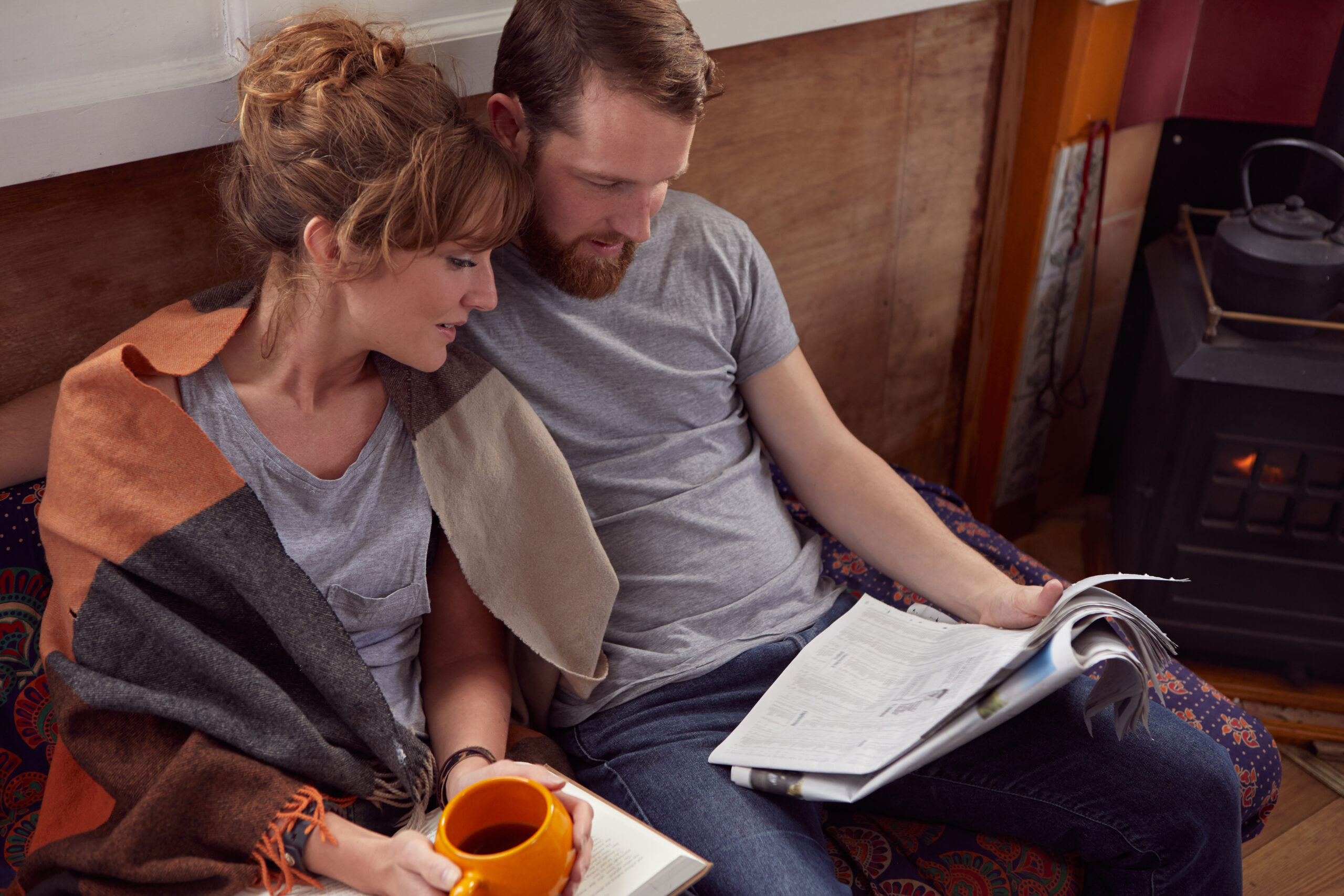Almost any degree of vision loss makes reading a challenge. It doesn’t take long to realize just how much is dependent on our ability to see. The reading of books requires significant adjustment. I can vividly recall the last few print books I was able to consume with my eyes, twenty years ago. The words were slowly fading away and there were no glasses, magnifiers or reading machines that provided an equitable replacement. Over time audiobooks were embraced and more reading options became possible through mobile technologies.
Considering all the compensatory strategies implemented over the years, I was pretty sure I had it covered. That is until my partner, Neil, said he would like to read books to me. There wasn’t actually a day that went by when he wasn’t already reading something to me, like news articles, restaurant menus, movie reviews and cooking directions. But now we were reading best selling novels together. It is the sweetest, most loving gift, and you don’t have to be visually impaired to appreciate it. He happens to be a skilled reader and approaches the task with ease. I can ask him to pause, repeat, or search a definition. There is no set schedule, we fit in a chapter or two, here and there, on a regular basis. A book club built for two, we summarize, question, laugh and cry together as the story unfolds. We love to predict what is coming and how the book will end. This is definitely my favorite new / old mode of reading. I recommend it to everyone, it’s a beautiful experience.
Do consider creating your own personal book club, but don’t forget the many ways technology makes reading accessible again. Yes, it’s different, but so good!

Here are links to 10 of our favorite OE articles on the subject.
Try a New Approach to Menu Reading
Smartphone Barcode Readers Help Visually Impaired People
Click Listen and OE Reads to You
Get Back the Joy of Reading with NLS
Let iPhone’s VoiceOver Do the Reading
Audiobook Narrators are a Personal Preference







